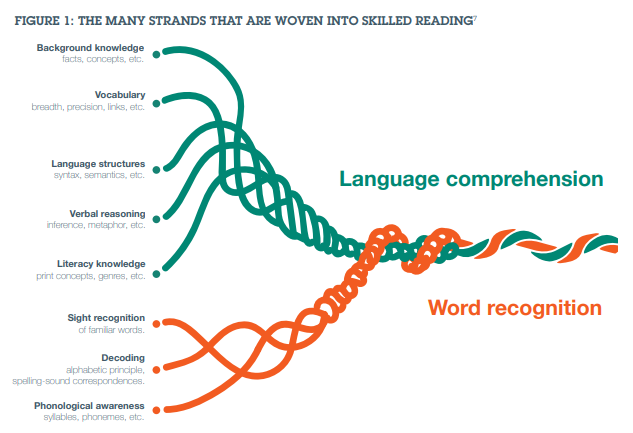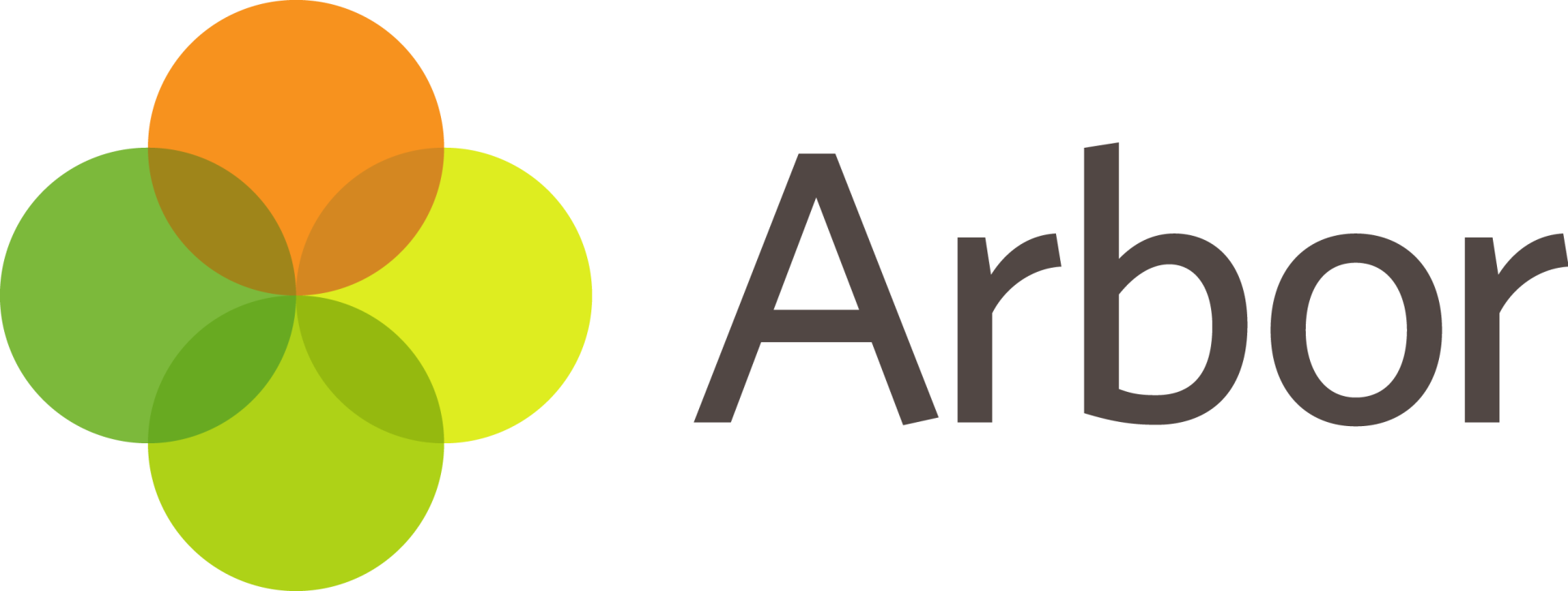We Love Reading
As we love reading and recognise the power of the spoken word, all themes are also centred round a key text and supplementary texts that demonstrate to our pupils the purpose of reading and how a lifelong love of reading helps us develop the skills needed to succeed and enjoy life.
Fiction and non-fiction texts are displayed alongside our learning walls and published central displays with relevant tier two and three vocabulary to further encourage pupils in other year groups to become CURIOUS, independent learners.
Click here to view our school quality text list linked to Curious Curriculum themes.
Reading Curriculum
We have used Scarborough’s ‘Reading Rope’ to coordinate the different components of reading and have developed our reading strategy to ensure the different strands of reading are taught explicitly.

Phonics
At Stoke Lodge Primary School we follow the Sounds Write programme (Copyright © 2020 Sounds Write) and key members of staff complete a 4-day training course. The programme begins with the sounds in the language and moves from the sounds to the written word.
In order for a learner to become a fluent reader, they must be taught all the common ways of representing English speech sounds (phonemes). A systematic approach is required, teaching from simple 1 – sound: 1 – letter correspondences to sounds represented by several different spellings. The order in which the code is presented should correlate with the complexity of the conceptual knowledge required to use it.
Given the fact that speech is uttered one sound at a time, and that written English is a means of recording those sounds via visual symbols that we call spellings/letters, the following skills are essential:
- The skill of blending individual sounds to enable the construction of meaningful words, such as /c/…/a/…/t/…’cat’
- The skill of segmenting individual sounds in speech is vital for both reading and spelling. To read, the reader must segment the sound-spelling correspondences in a word before blending them to make a recognisable word.
Of course, when writing, the same skill of segmenting will also be needed. The learner needs to be able to split the word ‘dog’ into its three component sounds /d/…/o/…/g/ to access the alphabet code and then represent each sound graphemically.
- The skill of manipulating the individual sounds within words to enable one sound to be replaced by another. This skill is essential in order to deal with the problems of decoding that might arise when a spelling represents more than one sound. In the interest of reading quickly and fluently the reader needs to be able to manipulate sounds instantly without having to revisit the cumbersome process of blending the whole word together again from the beginning.
It is important to note that speed and accuracy need to be achieved for all three of the above skills for them to become automatic. Once the process is automatic the reader can then concentrate solely on understanding and extracting information from the text they are reading.
What fluent readers have achieved is the creation of what Piaget (2001) termed a sensori-motor-schemata (a mental process by which text is automatically decoded without the reader being consciously aware of it).
A final point. Reading and spelling are individual word level activities. The correct environment for the spellings (i.e. letters) we use to represent our speech sounds is words. Letters were not invented to stand in isolation. They should, therefore, be introduced and taught as parts of words. This ensures that the learner’s attention is accurately drawn to their correct spatial orientation. Teaching letters in isolation (i.e. as part of the alphabet), where they have no useful meaning, often causes early years learners problems with mirror-writing and confusion with letters such as < b >, < d > and < p >. Using complete words also gives the learner meaning and a context in which to place their learning. Asking children to learn /k/ spelled < c > in isolation is meaningless to them. A ‘cup’ or a ‘cat’, however, has meaning and relevance, which, in turn, because it has a point, helps motivate the learner.
Moreover, asking children to associate a spelling/letter with a sound in isolation from whole words – an approach known in psychology as paired – associate learning – is very difficult to do.




